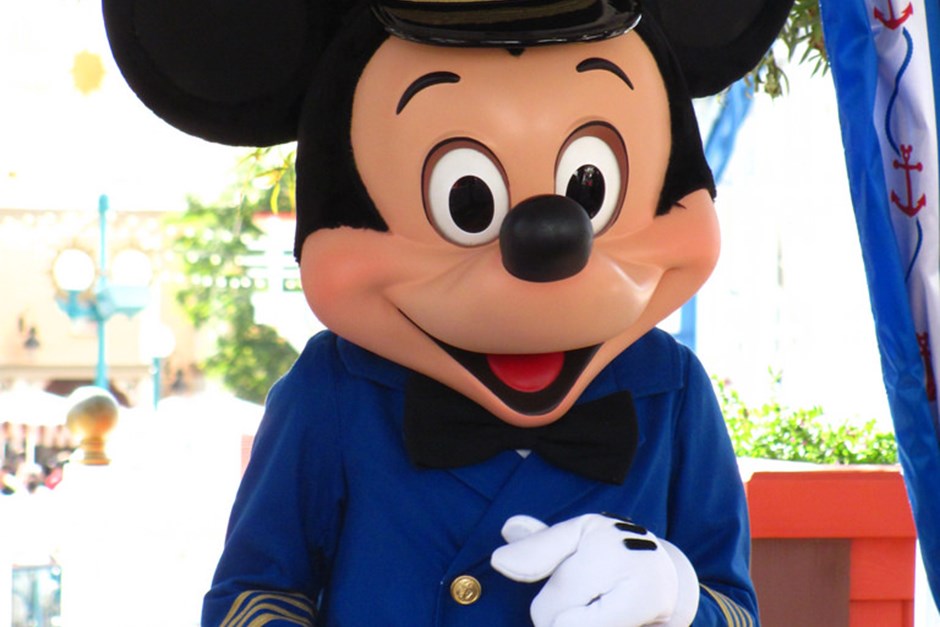What can we learn from the marketing of Mickey Mouse?
18 November 2016
Today marks the 88th birthday of one of the most iconic cartoon characters of all time: Mickey Mouse.
Although Mickey may not have been the first innovative creation by Walt Disney, he was the first to gain worldwide popularity—$5.8 billion worth of popularity, to be exact.
Mickey Mouse once had a 98% awareness rate among children between ages 3 and 11, making him a more recognizable character than Santa Claus, and he still makes up approximately 40% of the Disney Company’s consumer products revenue.
So what was the key to the overwhelming marketing success of Mickey Mouse?
It was Disney’s ability to connect different consumer elements and lead the customer on a journey through those elements that resulted in increased engagement and revenue.
Since Mickey’s 1928 debut in Steamboat Willie, the first animation with music and sound effects, he became a fan favorite. Disney capitalized on the opportunity to merchandise by not only placing Mickey on consumer products, but by licensing to external parties to push products through multiple channels. Disney soon created theme parks, comic strips, and the Mickey Mouse Club – all entertainment elements that generated more revenue while promoting the original content of Mickey Mouse.

The Disney Company continues to use a similar strategy today with the emergence of social platforms. For Mickey’s 88th birthday this year, the Disney Company is celebrating by launching a “Happy Birthday” trip around the world and documenting his travels on social media. From October to November, Mickey has made surprise visits to fans at iconic locations. To stay up to date with Mickey, you can join the approximately 167,000 followers on Instagram and nearly 14 million people who like him on Facebook.
The Disney Company leverages social media by placing related advertisements between fun Mickey selfies and short videos. This strategy continues the pattern of using entertainment to promote consumer products.
Marketers can benefit by learning from Disney’s marketing strategy. In order to make your marketing campaign more successful, think of outside-the-box ways to utilize multiple channels—whether through merchandising and licensing or tailoring content to each social platform.

